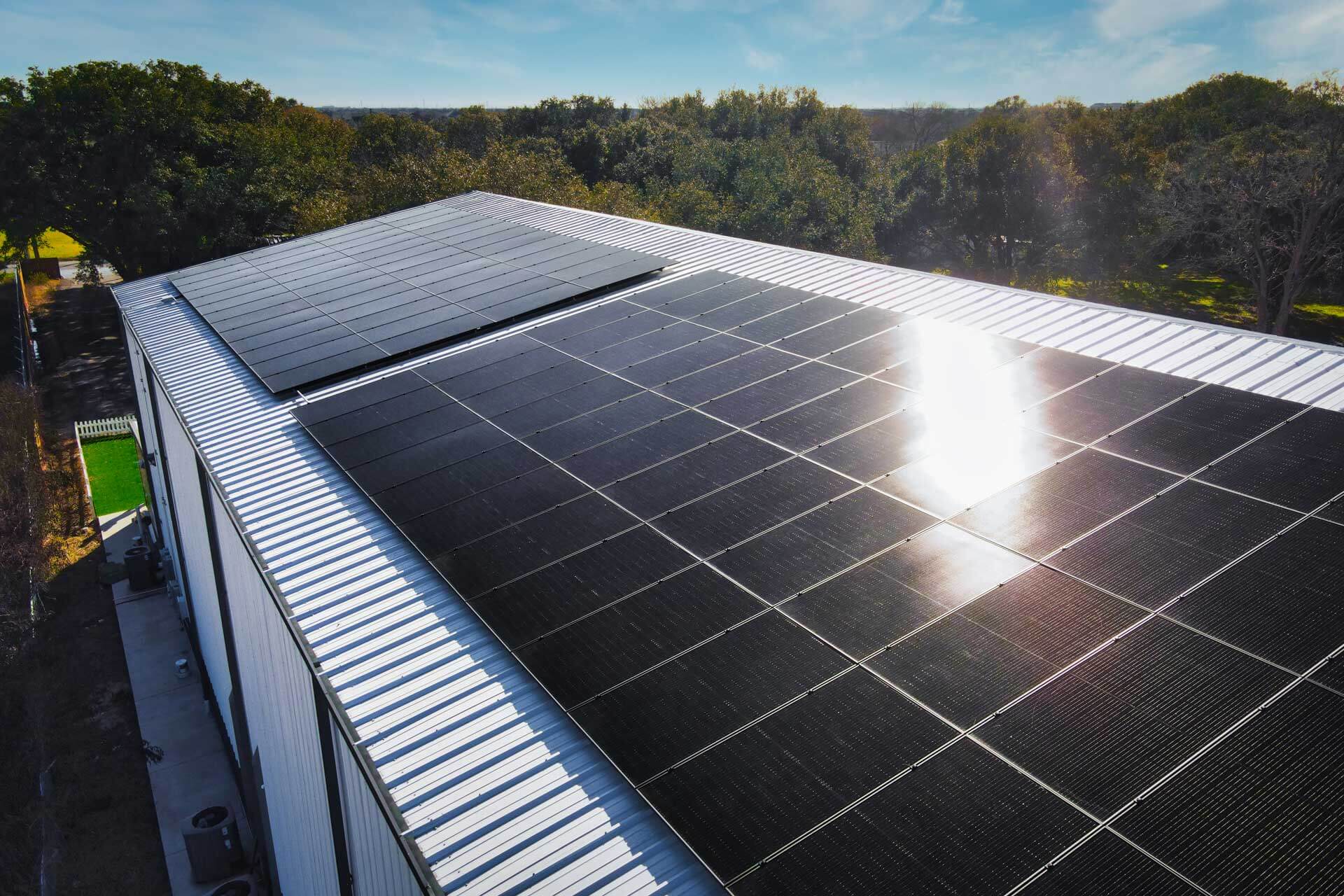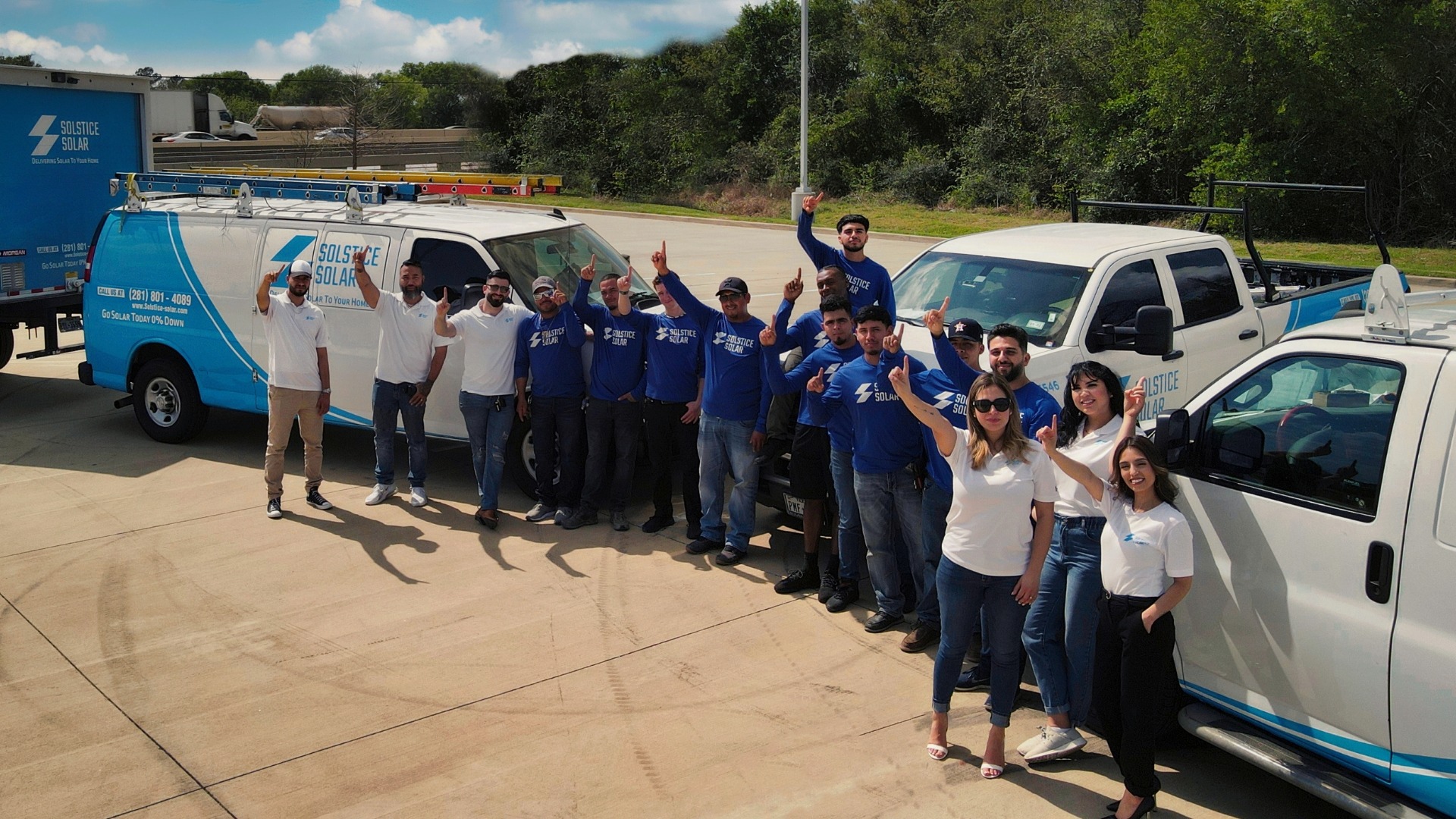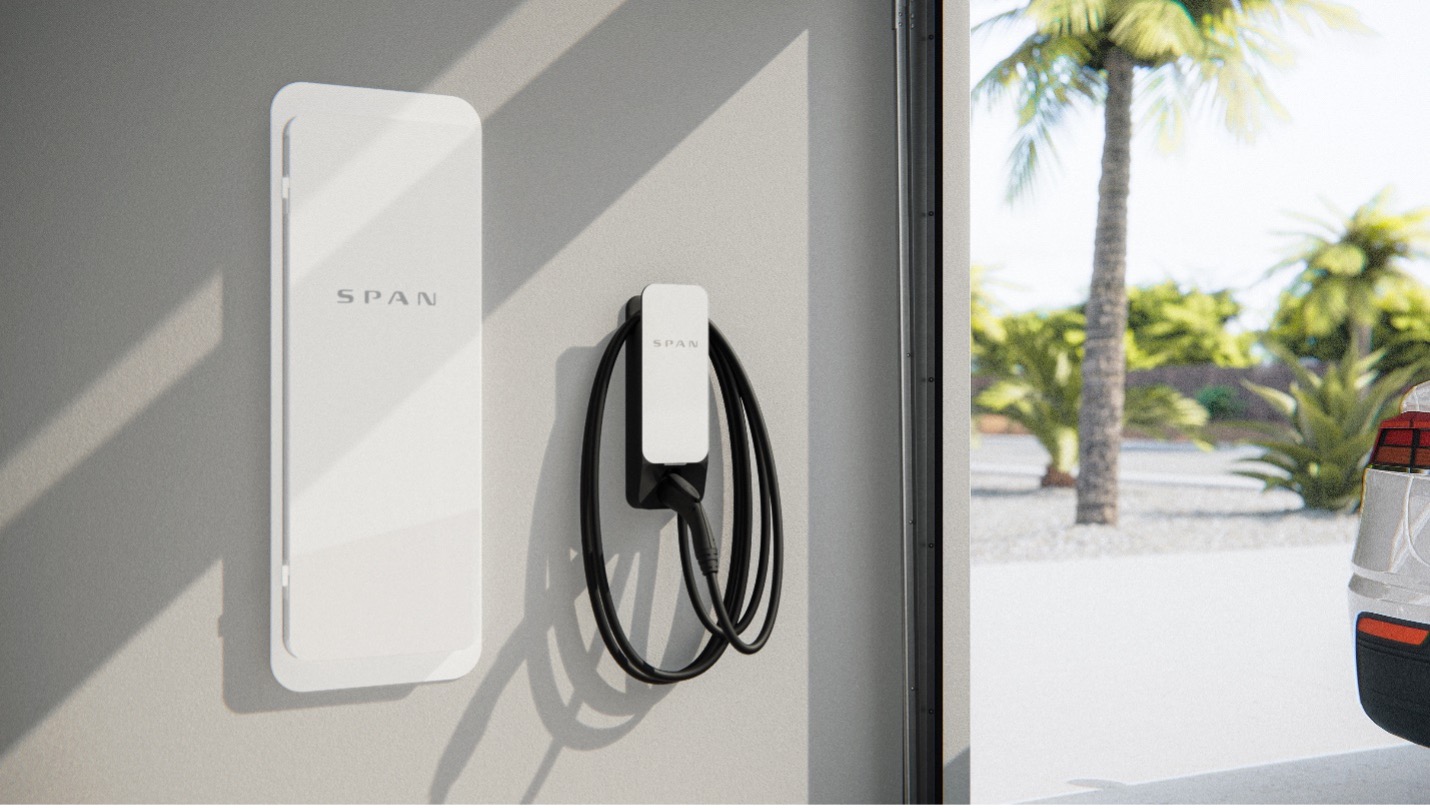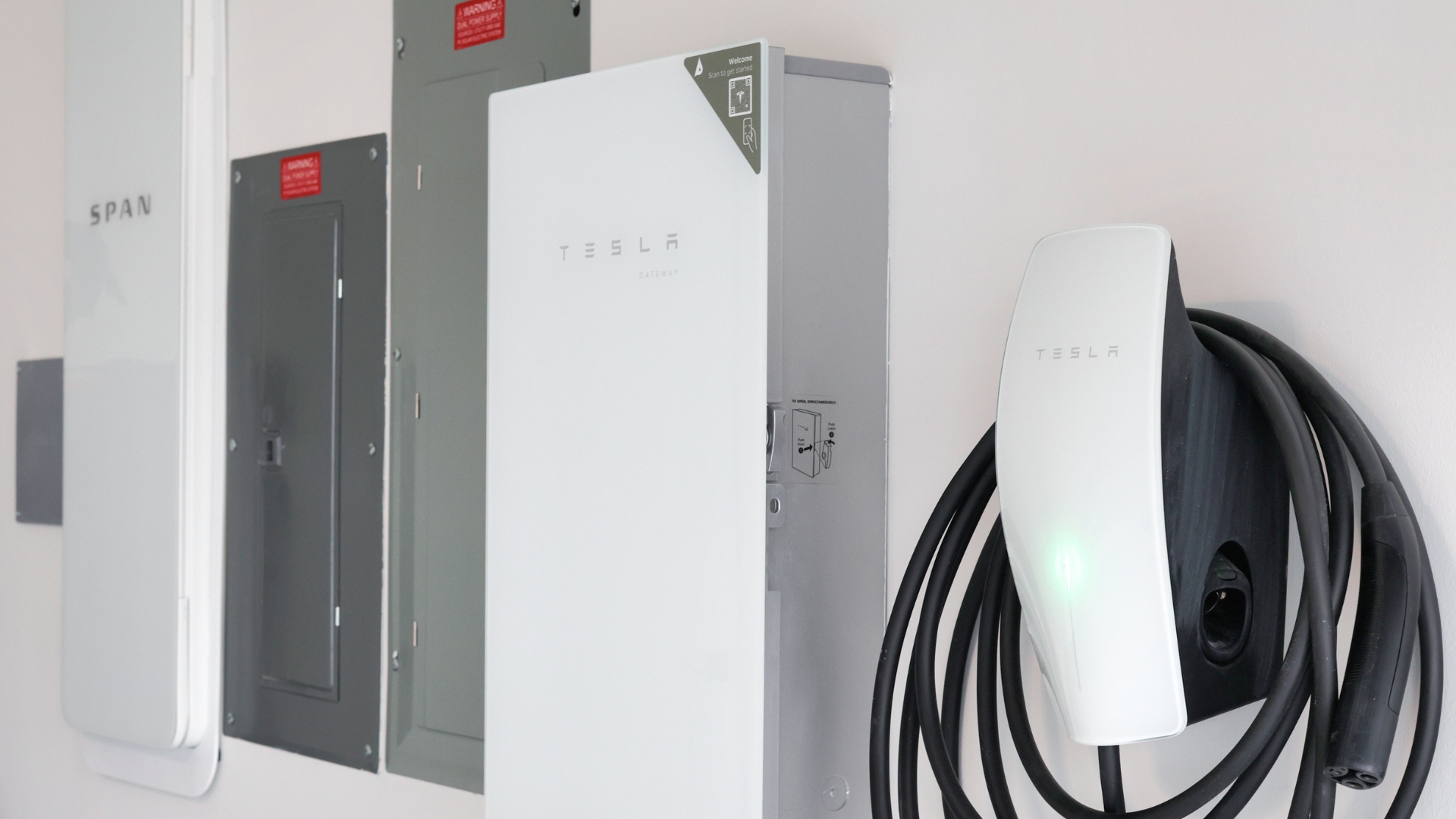How Long Do Solar Panels Last?
One of the main reasons homeowners and businesses hesitate to install solar panels is the fear that they won’t last long enough to justify the investment. While it’s a significant decision, this concern is often unfounded. Understanding how solar panels work and how long they truly last is crucial before making such an investment. On average, solar panels have a lifespan of 25 to 30 years, and while their efficiency may gradually decline over time, proper care can help maximize their longevity. Being informed about these factors will allow you to make a confident, educated decision about your solar investment.
Solar panels are designed to last, but like any technology, they do experience some degradation over time. A 2021 study by the National Renewable Energy Laboratory (NREL) found that solar panels lose between 0.5% and 0.8% of their efficiency each year. While this may seem like a small decline, after 25 years, your panels could still be producing about 80% of their original power. This gradual decrease is normal, which is why keeping up with regular maintenance is key to ensuring your system continues to perform well for years to come.
The Importance of Solar Panel Warranties
Even though solar panels gradually lose efficiency over time, your investment and system will still be protected through your solar warranty plan. This makes checking the warranty details before installing solar panels essential, as it’s one of the most important factors in ensuring long-term performance. Typically, solar panels come with a 25-year performance warranty, which guarantees they will produce a certain amount of energy throughout their lifetime. If they fall short, the warranty often covers repairs or replacements.
Even after the warranty expires, your panels can still generate power, although at a reduced capacity. At this point, it may be more cost-effective to invest in a new system. However, the warranty provides critical protection, ensuring your investment is safeguarded during the early years when your panels are most productive.
Ways to Extend the Life of Your Solar Panels
While some decrease in efficiency is normal, there are simple steps you can take to keep your solar panels in good shape and reduce efficiency loss over time.
1. Choose Trusted & Certified Solar Installers
The most important factor starts with the solar installer you choose. It’s essential to do your research and ensure you select an experienced and trusted installer who is certified by manufacturers. Quality matters when it comes to solar panels, so make sure your installer uses high-quality components, from the solar panels and inverters to the racking mount and any additional parts like smart electrical panels or batteries. Working with a certified, experienced installer helps ensure your system is set up properly, reducing the risk of premature wear and maximizing its lifespan.
2. Regular Solar Maintenance and Cleaning
While solar panel systems don’t require much maintenance, it’s still important to perform occasional upkeep to maintain their efficiency and maximize energy generation. Dust, dirt, leaves, and bird droppings can accumulate on the panels, reducing their performance. Regular cleaning ensures that nothing blocks the panels from sunlight, helping them continue to operate at their best. This is especially important in winter, when snow and ice can cover the panels, blocking sunlight and potentially damaging the system if left unchecked. In fact, keeping your panels clear during colder months helps maintain energy generation and protects your investment.
3. Monitor System Performance
In addition to regular solar panel maintenance, it’s important to keep an eye on your system’s performance to catch any issues early. Most solar systems come with monitoring tools or apps that let you track energy production and detect any drops in efficiency. Monitoring your system regularly can help you identify problems before they become major issues, ensuring your panels remain in top condition and avoiding costly repairs down the line. If you’ve invested in additional components like a SPAN panel, a smart electrical panel, it can also provide more detailed insights into your system’s performance, allowing you to stay proactive in maintaining efficiency and optimizing energy usage.
4. Check Your Roof’s Condition
Before installing solar panels, it’s crucial to do your research and work with a trusted installer who can help assess all the external factors, including your roof’s condition. If your roof is old or needs repair, it’s best to replace it before installing solar panels. Installing panels on a roof that will require maintenance later can lead to unnecessary costs down the road, especially if you need to remove the panels to fix or replace the roof. A solid roof not only ensures the longevity of your solar system but also prevents potential issues in the future. A reliable solar installer will help guide you through this process and ensure everything is in top shape before installation.
5. Consider Adding a Solar Battery
Solar panels can function just fine on their own as long as they’re connected to the grid and the sun is shining to generate energy. However, to maximize efficiency, extend the lifespan of your system, and make your investment even more worthwhile, adding a solar battery is a great option. Solar batteries store excess energy produced during the day, allowing you to use it at night or on cloudy days. This helps reduce stress on your solar panels and makes them last longer. Adding to that, many solar batteries come with a 10 to 15-year warranty, which often aligns with the lifespan of your panels. Batteries not only improve the overall efficiency of your system but also provide energy independence and better control over your power needs. At Solstice Solar, we are certified to install some of the top batteries on the market, including Tesla Powerwall, Enphase Energy batteries, and FranklinWH batteries, ensuring you get the best performance and peace of mind for your solar investment.
In conclusion, solar panels are a long-term investment, typically lasting 25 to 30 years with gradual performance decline. To protect your investment, understanding the warranty is essential, as it covers the early years of use. By choosing high-quality products, working with trusted installers, and maintaining your system regularly, you can extend the life of your panels and maximize efficiency. Adding a solar battery enhances performance, while ensuring your roof is in good condition before installation helps avoid future costs. With proper care, your solar panels will continue to provide clean, renewable energy for many years.
If you’re in Texas and looking to invest in solar, don’t hesitate to reach out and get a free solar consultation to start your journey today.







